Class I Occlusion Canine
The mesiobuccal cusp of the maxillary first permanent molar occludes with the mesiobuccal groove of the mandibular first permanent molar. Terminal plane and class ii canine occlusion was observed.

Classification Of Normal Occlusion And Malocclusion
An incisor or canine tooth that's in its anatomically correct position in the dental arch but abnormally angled in a labial direction.
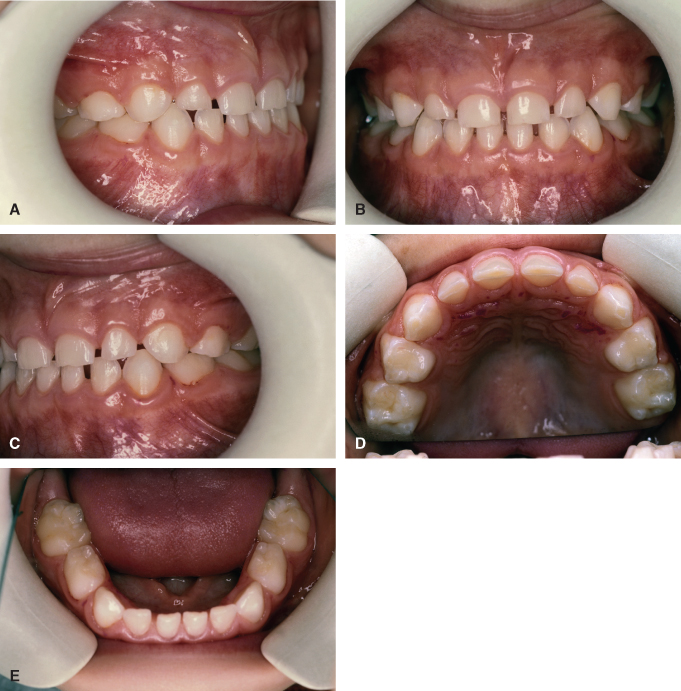
Class i occlusion canine. Mandibular 2nd premolar and 1st molar e. If this person did not have class i occlusion but had class ii, which tooth or teeth would contact the maxillary second premolar? What is a class 1 canine?
When the mesial slope of upper canine is ahead of the distal slope of lower canine. Class ii bites are often referred to as an overbite. In each group, the time taken to obtain class i occlusion after 6 months, rate of movement, total displacement of the maxillary canine to.
When the mesial slope of upper canine coincides with the distal slope of lower canine. Everyone's bite is a bit different however a textbook class i incisal canine relationship means that the maxillary top incisors should. If the mandibles are going through a spurt, the lower canine and incisors will push on the palatal aspect of the
Occlusion is a contact between the incising or masticating surfaces of the maxillary and mandibular teeth. Canine classification • class i : A class i malocclusion takes place when one or more teeth are in an abnormal position, but the maxilla and mandibles are in a normal relationship with each other.
A clinical evaluation was made on 1,000 teeth in 100 patients with angle's class i occlusion who were free from histories of orthodontics, removable or fixed prosthesis, occlusal equilibration, maxillary or mandibular jaw fractures, and systemic diseases. The mesial slope of the upper canine lies in front of the distal slope of the lower canine (c). Jaw lengths are normal, but one or more teeth are in an abnormal position (photo 4).
This can create the appearance of a receding lower lip and chin. The green line is the esthetic line or smile line of the upper arch. Distal inclined plane of the maxillary canine articulates with the mesial inclined plane of the mandibular canine.
(b) class i canine with the. The drift of permanent molars medially into the spaces, developing a class i occlusion [4]. In normal occlusion, there is a normal and desirable dental interlock.
Class i malocclusions have a normal relationship between maxillae and mandibular jaw length with malpositioned individual teeth within their arches. In an angle class i occlusion the mesial inclined plane of the maxillary canine articulates with the distal inclined plane of the mandibular canine. Canine classification • class ii :
Lingual surfaces of maxillary incisors (class i corresponds to surfaces of a posterior tooth you can clinically see—occlusal/lingual/buccal surfaces. A class i tooth may be pointing in the wrong direction or rotated. As a result, your upper front teeth and jaw protrude outward and project out beyond the chin.
Class i occlusion the red line is angle’s line of occlusion, and any class i occlusions with deviations to this line are defined as a class i malocclusion. Mandibular 2nd premolar only d. The mandibular incisor cusps should rest on the cingulum on the palatal side of the maxillary incisors.
The amount of literature available regarding the canine and molar relationships in the primary dentition is limited. If the maxilla is going through a growth spurt, the upper canine will push on the back of the lower canine and drag the mandibles along with it. Mandibular canine and first premolar b.
A premolar or molar that's in its anatomically correct position in the dental arch but is abnormally angled in a buccal direction. Normal occlusion in the dog and cat is also known as a scissors bite. Mandibular 1st and 2nd premolars c.
Studies done by farsi and salama [5] and baidas [6] in saudi arabia showed that flush terminal plane for primary molars and class i canine occlusion were the highest. This occurs when the lower molars are positioned more towards the back of your mouth than the upper molars. Facial and lingual surfaces of molars;
Since the primary goal of dentistry is to maintain the functional integrity of the masticatory system, we are conducting a literature review for a better understanding of these aspects. This is the relationship between the maxillary and mandibular canines in centric occlusion. Malocclusions are divided into 4 different classes.
For the purposes of this clinical review, we will include a commonly seen class i malocclusion described as base narrow canines but more correctly identified as linguoversion of the mandibular canine teeth. The mandibular teeth should occlude lingual to the maxillary teeth. (a) class i canine with the maxillary canine (black arrow) between the mandibular first premolar and canine (red arrows).
Examples include lance canine, rostral crossbite, caudal crossbite and level bite. Class iii malocclusion a malocclusion where the molar relationship shows the buccal groove of the mandibular first molar mesially positioned to the mesiobuccal cusp of the maxillary first molar when the teeth are in occlusion. In the study under discussion, flush terminal molar relationship in primary dentition was accompanied by class i canine occlusion in 67.5%, mesial step presented with class iii canine occlusion in 83.3% and distal step was associated with class iii occlusion in 47.8%.
Cavity in pits or fissures on the occlusal surfaces of molars and premolars; A malocclusion in which a mandibular tooth or teeth have a more buccal or labial.

Angles Classification Of Malocclusion Dentodontics

1 Orthodontic Diagnosis And Treatment Planning Pocket Dentistry

Dental Occlusion Geeky Medics

Canine Classification A Class I Canine With The Maxillary Canine Download Scientific Diagram
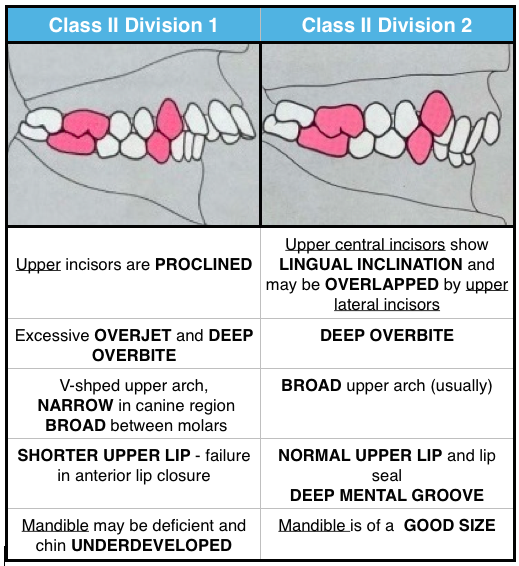
Angles Classification Of Malocclusion Dentodontics
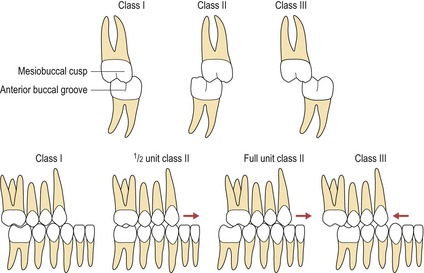
Occlusion And Malocclusion Pocket Dentistry

Orthodontics Classification Of Malocclusion My Dental Technology Notes

Occlusion Flashcards Quizlet
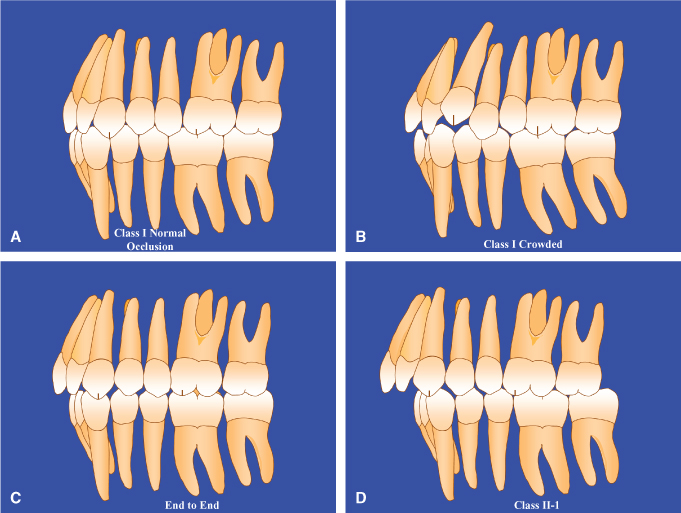
1 Orthodontic Diagnosis And Treatment Planning Pocket Dentistry
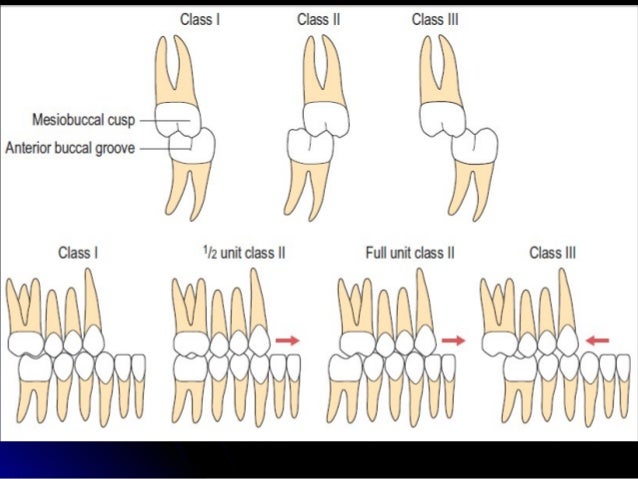
Classification Of Normal Occlusion And Malocclusion

Classification Of Malocclusion

Treatment Of Class Ii Malocclusion And Impacted Canines With Two-phase Orthodontic Treatment Semantic Scholar

Nonsurgical Treatment Of An Adult With Skeletal Class Iii Malocclusion Anterior Crossbite And An Impacted Canine - American Journal Of Orthodontics And Dentofacial Orthopedics
Uomustansiriyaheduiq

Classification Of Malocclusions Pocket Dentistry
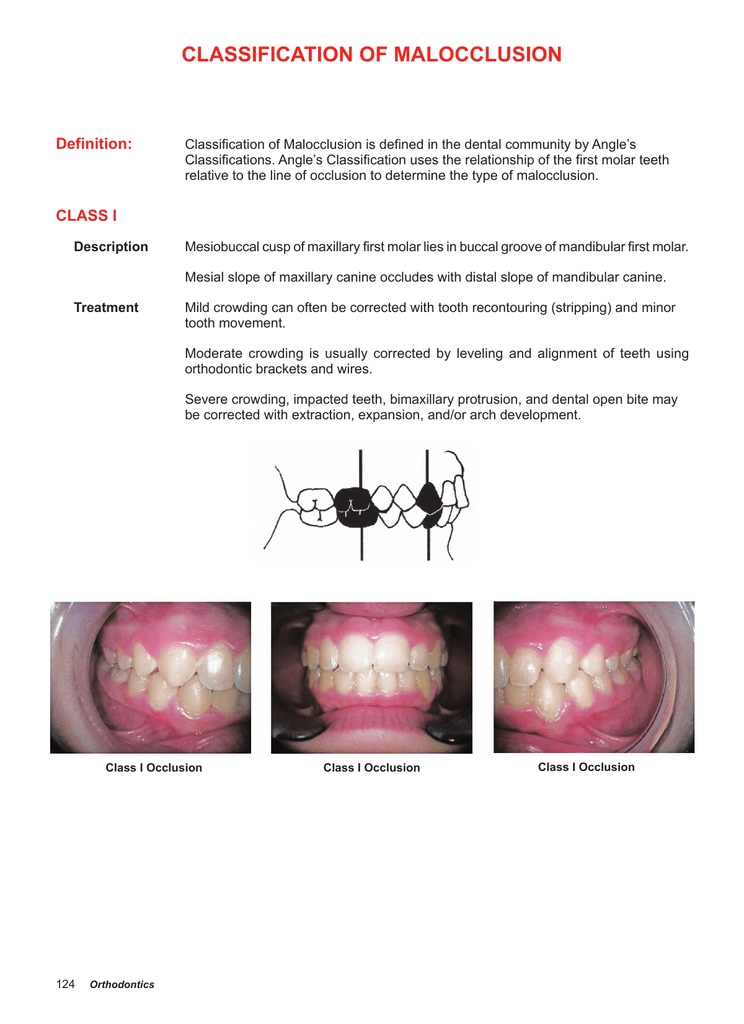
Classification Of Malocclusion

Angles Classification Of Malocclusion Dentodontics

Classification Of Malocclusion

Canines Classification Download Scientific Diagram